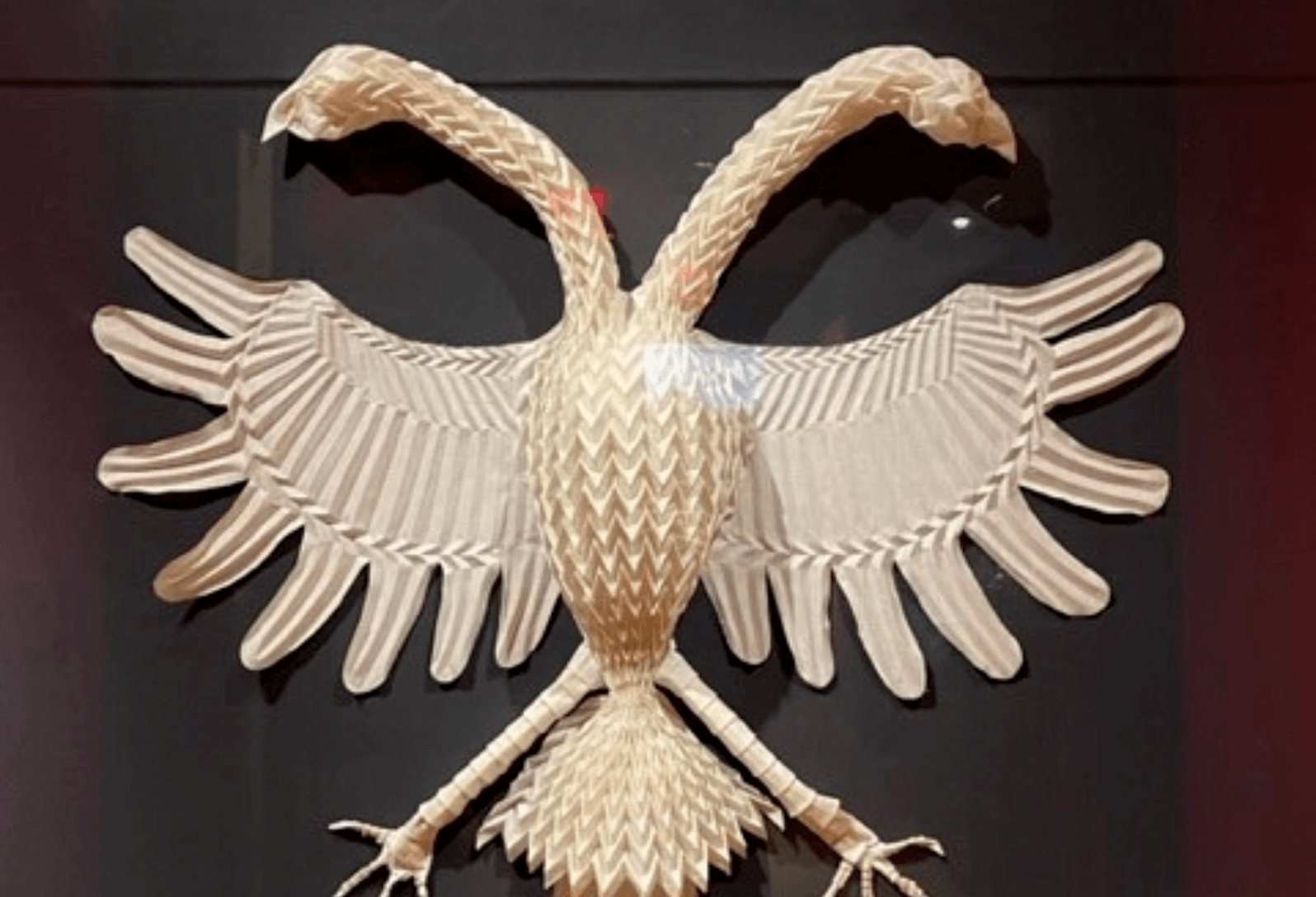We think it’s fair to say that tableware is having a bit of a moment. From theatrical tablescapes to creative and beautifully crafted new collections – including our newly launched Kit Kemp for Spode range – there’s a wealth of fun designs to take inspiration from and we’re very much enjoying immersing ourselves in it.
That said, tablescaping is by no means a new phenomenon and we were intrigued to see an exhibition on at New York’s Bard Centre titled ‘Staging the Table in Europe 1500 -1800’. We headed to the Upper West Side to take a closer look.
The exhibition provides a fascinating insight into the dining customs of the 16th and 17th centuries and the ‘culinary spectacles’ that were created as a result. Showcasing illustrated books that were used as guides by the servants of the households, the exhibition covers everything from meat carving to elaborately folded napkins.
A few things particularly stood out for us.
Early European Tablescaping
Instructions and inspiration for tablescaping were found in manuals and handbooks that featured an array of table plans, prints, drawings, and paintings. Below are illustrations on table settings for weddings.
Tureens and Turkeys
A theatrical approach was used to dress the table, to bring humor and playfulness to the feast. These animal shaped tureens – a boar and a turkey – date from around 1760. Turkeys appeared in Italian, German, French, and English recipe books from the late sixteenth and seventeenth centuries as well as in many depictions of festive meals. The tureens were likely used to serve stews or soups.
Carvers and Carving Tools
The carving tools below caught our eye as the walrus ivory is so intricately carved to create high relief figures. This whimsical carving knife and fork are from Southern Germany and allude to the pleasures of the forest.
Carvers played an important role in dining as most people did not have personal forks until at least the early seventeenth century. The carver was considered the “officer of the mouth” as they were also additionally tasked with adding proper condiments to the cooked meat.
Decorative Napkins
The craft of folding and pleating starched linen napkins to decorate festive tables dates back to at least the sixteenth century. Napkins were folded into elaborate shapes as seen below such as mythical beasts, architectural forms, and other symbols.
A Tablescape of our Own
Following the exhibition, we were inspired to try our hand at tablescaping at home. Here is a wonderful table set-up created by Geneva.
For more table-themed ideas, take a look at our latest collection for Spode.









